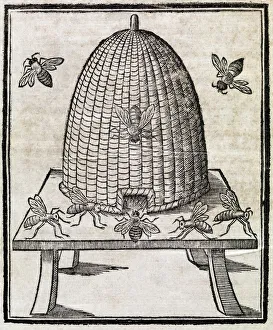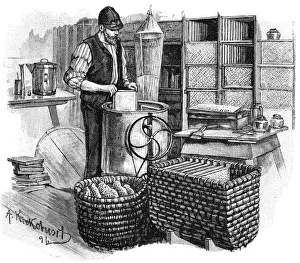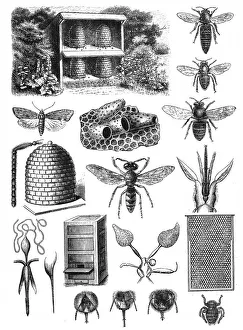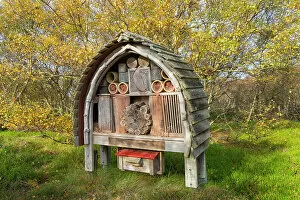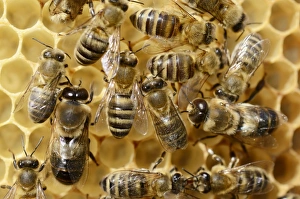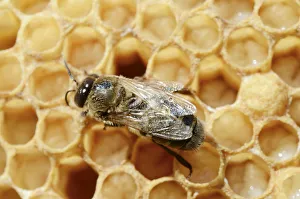Apiculture Collection
"Exploring the Rich History and Challenges of Apiculture: From 17th Century Artwork to Modern Beekeeping" Discover the fascinating world of apiculture
All Professionally Made to Order for Quick Shipping
"Exploring the Rich History and Challenges of Apiculture: From 17th Century Artwork to Modern Beekeeping" Discover the fascinating world of apiculture, where bees and beehives have captivated human imagination for centuries. In 17th-century artwork, intricate depictions of buzzing hives showcased the importance of these industrious creatures in our lives. Fast forward to the 19th century, when beekeeping became a popular practice. Visionaries like Diderot shed light on this ancient craft through their writings, emphasizing its significance in sustaining both nature and humanity. However, not all has been smooth sailing for beekeepers throughout history. The Varroa mite emerged as a formidable adversary in recent years, wreaking havoc on beehives worldwide. This parasite's proliferation is linked to climate change-induced milder winters, posing a grave threat to honeybees' survival. In Victorian times, dedicated beekeepers donned their protective gear and tended to their beloved colonies with care. Their commitment ensured that these tiny pollinators thrived amidst an ever-changing landscape. Venture into enchanting forests near Norddorf in Schleswig-Holstein, Germany or wander through sunflower fields on France's Plateau de Valensole; you'll witness firsthand how harmoniously bees coexist with nature within carefully placed beehives. Travel back even further to early 19th-century Poland as peasants from Podlaskie province gathered precious honey from wild hives—a testament to humans' age-old relationship with these remarkable insects. Today we stand at a crossroads—aware of both the historical significance and contemporary challenges facing apiculture. Let us cherish and protect our buzzing companions who diligently work alongside us in nurturing ecosystems worldwide. As February blankets landscapes with snow, let it serve as a reminder that agricultural work continues year-round—beekeepers tirelessly safeguarding their charges while ensuring bountiful harvests for generations yet to come.

